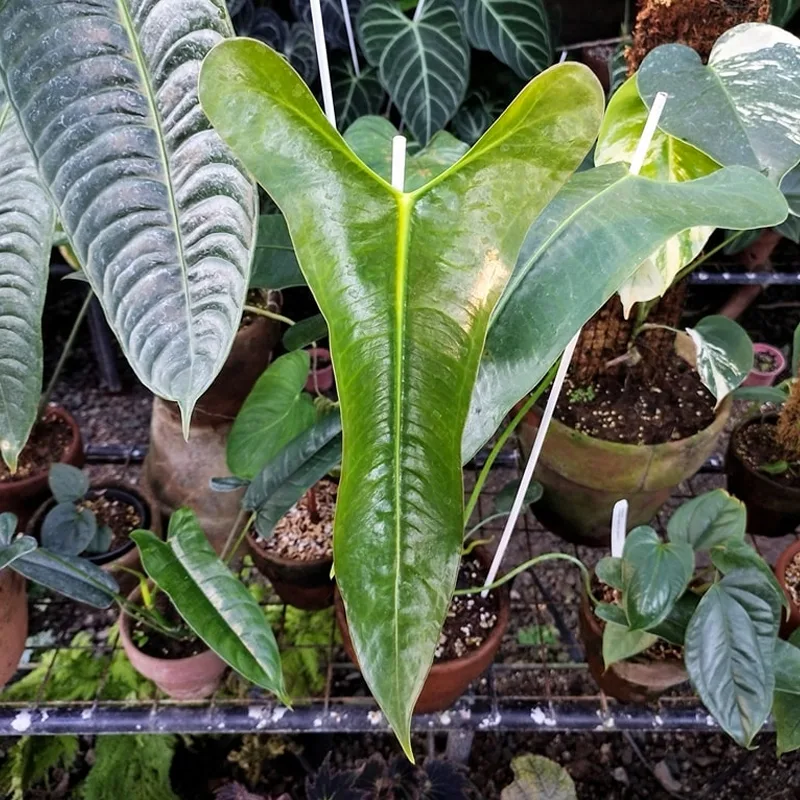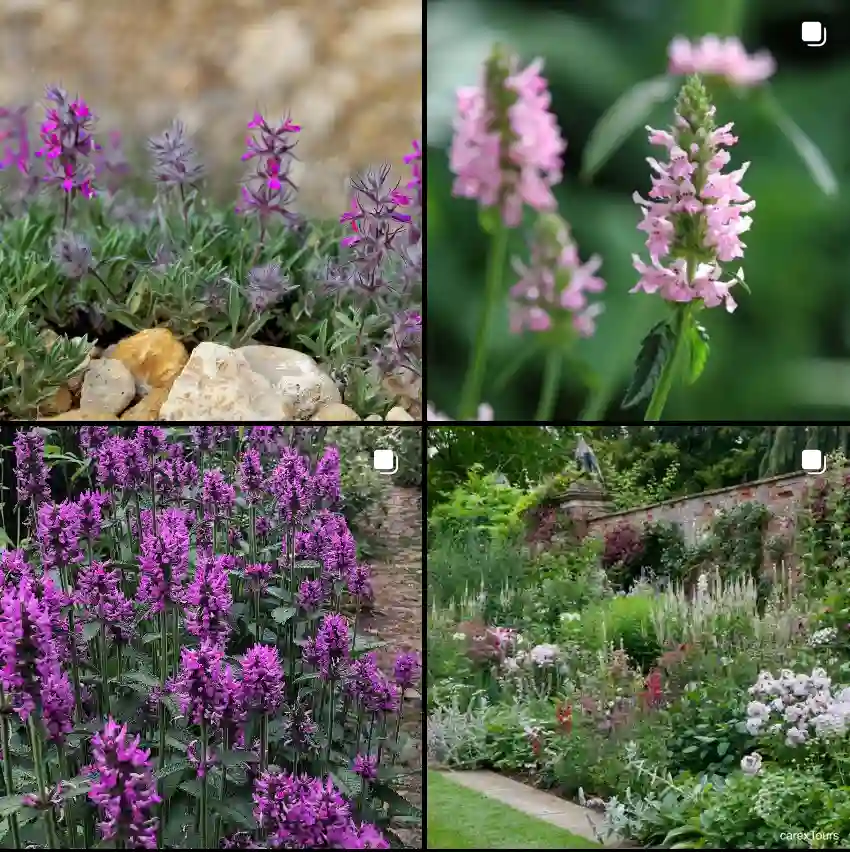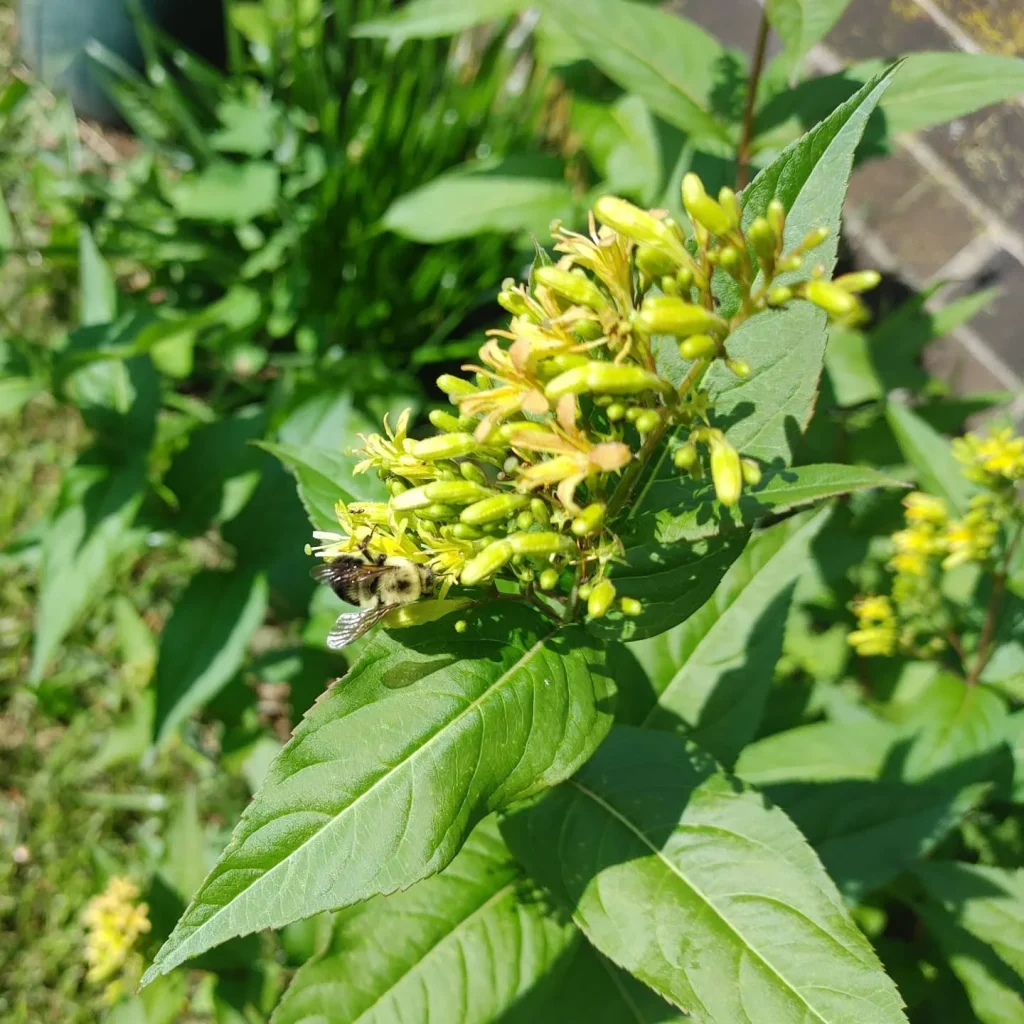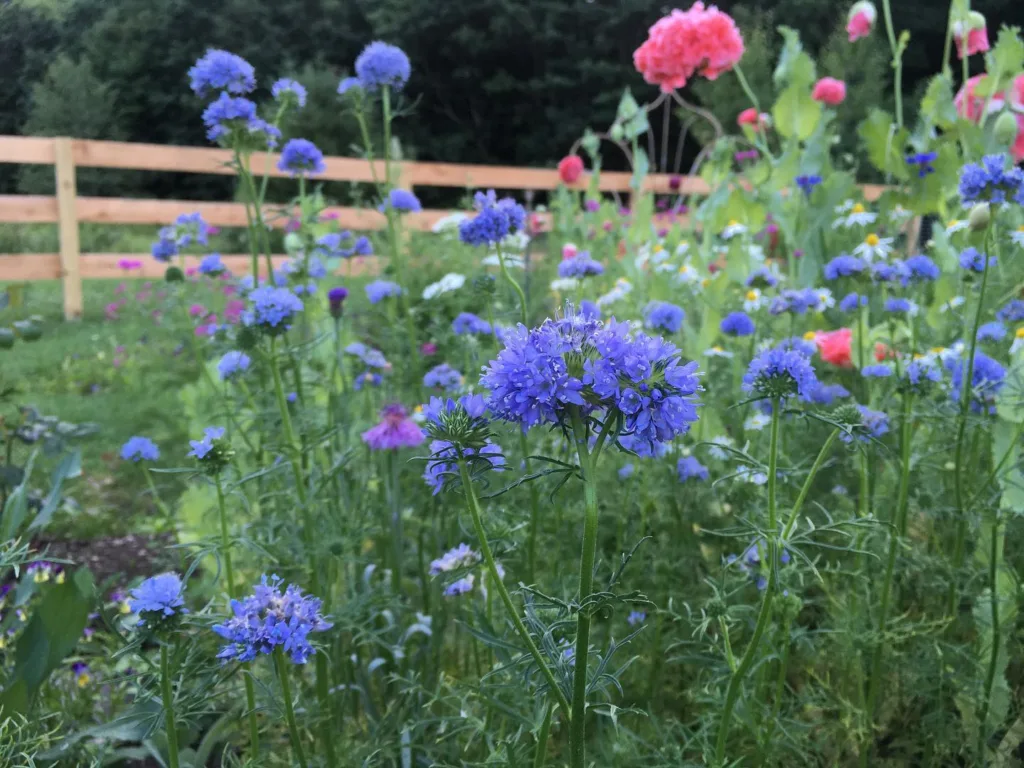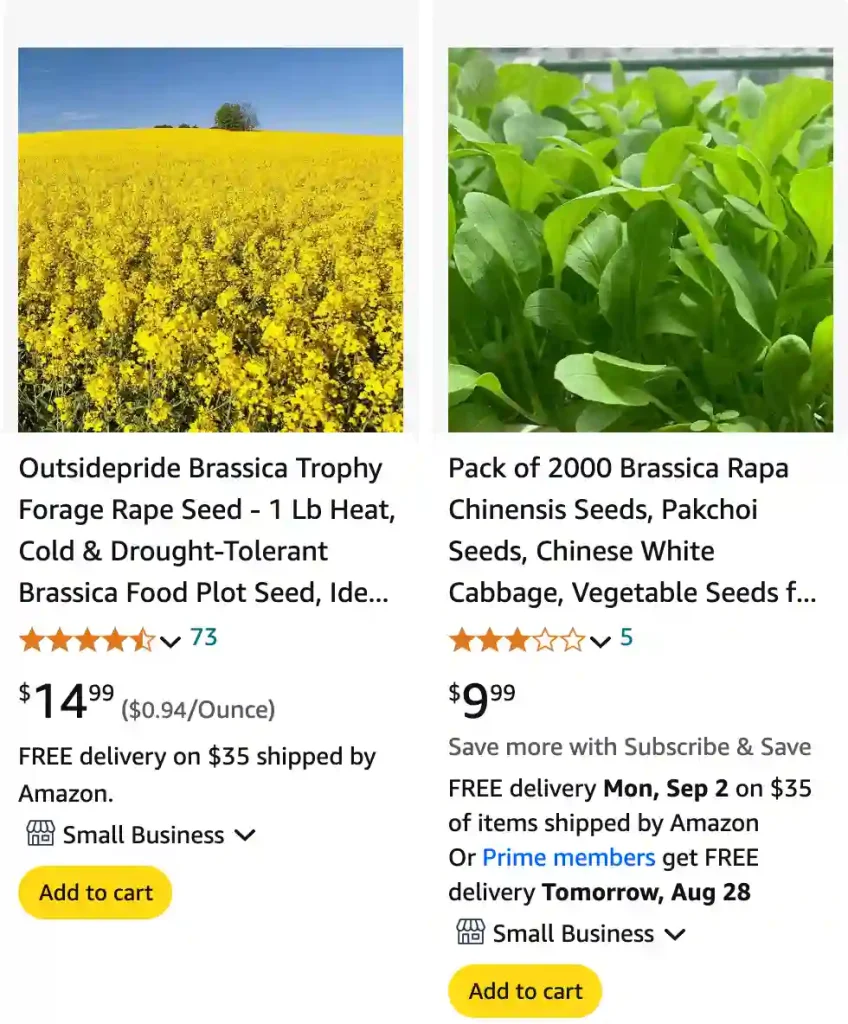
What is Brassica Rapa?
Brassica Rapa, often referred to as field mustard or turnip, is a versatile plant belonging to the Brassicaceae family. This plant is known for its edible leaves, roots, and stems. It’s a hardy, cool-season vegetable that thrives in a variety of climates. Brassica Rapa is commonly used in different cuisines around the world, particularly in Asian dishes where it’s appreciated for its crisp texture and slightly peppery flavor.
42 Species in Genus Brassica
How Long Does It Take for Brassica Rapa to Grow?
Growing Brassica Rapa can be quite rewarding due to its relatively quick maturation. From seed to harvest, it typically takes about 30 to 60 days, depending on the variety and growing conditions. The leaves can be harvested within 30 days, while the roots, if you’re growing turnips, usually take about 60 days to reach maturity. The speed at which it grows makes it an excellent choice for those looking for a fast turnaround in their garden.
How Much Water Does Brassica Rapa Need?
Watering Brassica Rapa is crucial for its healthy growth. This plant prefers consistently moist soil, but it doesn’t like being waterlogged. Ideally, Brassica Rapa should receive about an inch of water per week. If you’re growing it in containers, ensure the pots have good drainage to prevent root rot. Regular watering helps in producing tender, flavorful leaves and healthy roots.
What is Brassica Rapa Used For?
Brassica Rapa is incredibly versatile in culinary applications. The leaves are often used in salads, stir-fries, and soups. They can be eaten raw or cooked, and they have a slightly spicy, mustardy flavor that adds depth to dishes. The roots, when grown as turnips, can be roasted, mashed, or added to stews. In some cultures, Brassica Rapa is also pickled or used to make kimchi, a popular fermented vegetable dish.
Where Does Brassica Rapa Grow?
Brassica Rapa is adaptable and can grow in a range of environments. It thrives in temperate climates and is typically grown in cooler seasons. This plant can be cultivated in both garden beds and containers. It prefers full sun to partial shade and well-drained soil rich in organic matter. You’ll often find it in home gardens, community gardens, and on farms around the world.
Why is Brassica Rapa Important?
Brassica Rapa holds significant importance both nutritionally and agriculturally. Nutritionally, it’s packed with vitamins A, C, and K, as well as minerals like calcium and iron. Its high fiber content makes it a healthy choice for promoting digestive health. Agriculturally, it’s a valuable crop because it grows quickly, providing a rapid yield for farmers and gardeners. Additionally, Brassica Rapa is often used as a cover crop to improve soil health and prevent erosion.
Are Brassica Rapa Seedless?
Brassica Rapa plants are not seedless. They produce seeds that can be harvested for future planting. The seeds are relatively small and are usually collected once the plant has flowered and gone to seed. These seeds are easy to store and can be used to grow new plants in the next growing season.
Can Brassica Rapa Self-Pollinate?
Yes, Brassica Rapa is capable of self-pollination. The flowers of this plant have both male and female parts, allowing them to fertilize themselves. However, in practice, cross-pollination by insects like bees can occur and may sometimes improve seed production. Self-pollination makes it easier to grow Brassica Rapa in smaller gardens where attracting pollinators might be challenging.
How to Care for Brassica Rapa?
Caring for Brassica Rapa involves a few key practices. Ensure it receives ample sunlight, and keep the soil consistently moist but not waterlogged. Fertilize the plant with a balanced fertilizer or compost to provide necessary nutrients. Regular weeding will help reduce competition for resources. Pests such as aphids and cabbage worms can be a problem, so monitor your plants and use appropriate pest control measures if needed.
How to Propagate Brassica Rapa?
Propagating Brassica Rapa is straightforward. You can start seeds indoors 6 to 8 weeks before the last frost or sow them directly in the garden once the soil temperature reaches around 45°F (7°C). Plant the seeds about ¼ inch deep and 1 inch apart. Once seedlings emerge and grow a few inches tall, thin them to allow adequate space for mature plants.
What to Plant with Brassica Rapa?
Brassica Rapa pairs well with several companion plants. For example, planting it alongside beans or peas can improve soil nitrogen levels, benefiting Brassica Rapa’s growth. Additionally, herbs like dill and coriander can help repel pests. Avoid planting it near other Brassicaceae members, such as cabbage or kale, to reduce the risk of disease and pest problems.
Can You Grow Brassica Rapa Indoors?
Growing Brassica Rapa indoors is possible, particularly if you have a sunny window or access to grow lights. Choose a dwarf variety or grow it in a container with good drainage. Ensure it receives sufficient light and maintain consistent moisture levels. Indoor gardening may limit the size of the plant but can still provide fresh greens and roots for your kitchen.
Is Brassica Rapa Toxic?
Brassica Rapa is not toxic and is safe for consumption. It is commonly eaten around the world without adverse effects. However, if you have any specific allergies or health concerns, it’s always a good idea to consult with a healthcare professional before adding new foods to your diet.
Benefits of Brassica Rapa
Brassica Rapa offers numerous health benefits. Its high vitamin and mineral content supports overall health, while its fiber aids digestion. Additionally, it contains antioxidants that can help protect against chronic diseases. Its versatility in cooking and quick growth makes it a valuable addition to any garden or kitchen.
Common Problems with Brassica Rapa
One common problem with Brassica Rapa is susceptibility to pests like aphids and caterpillars. Additionally, it can be prone to diseases such as downy mildew and black rot. Proper care, including regular inspection and timely treatment, can help manage these issues. Ensuring good air circulation and avoiding overcrowding can also prevent many common problems.
By understanding these aspects of Brassica Rapa, you can enjoy a successful and rewarding gardening experience with this versatile plant. Whether you’re growing it for its nutritious leaves or its flavorful roots, Brassica Rapa is a valuable addition to any garden or kitchen.
If i die, water my plants!
